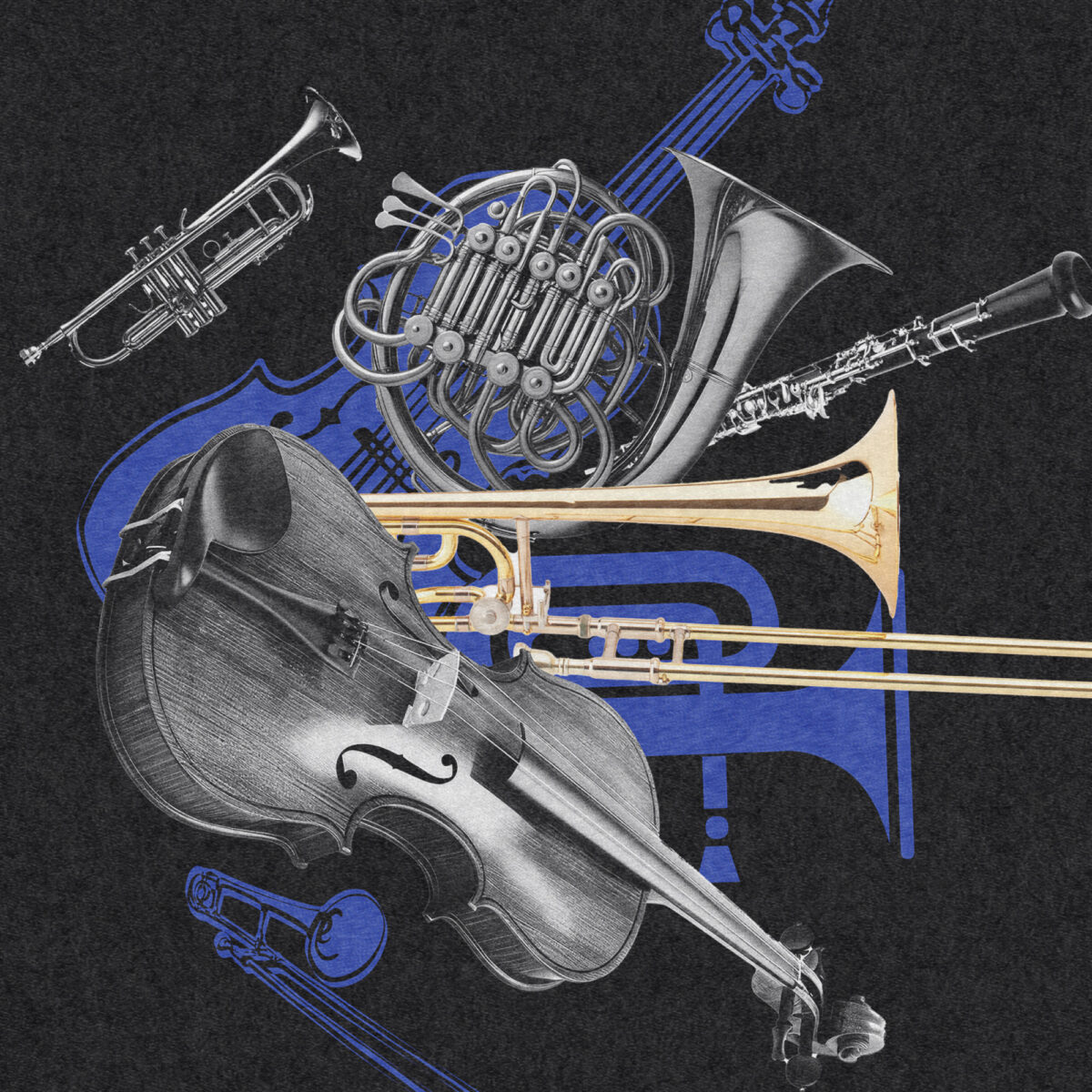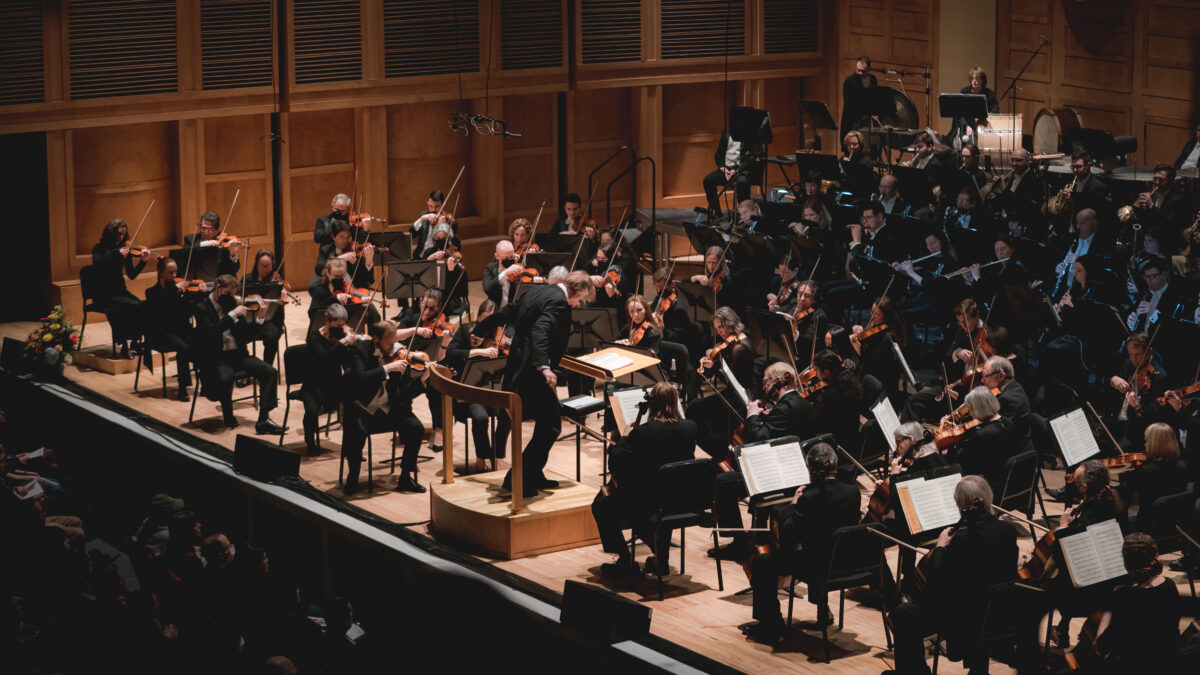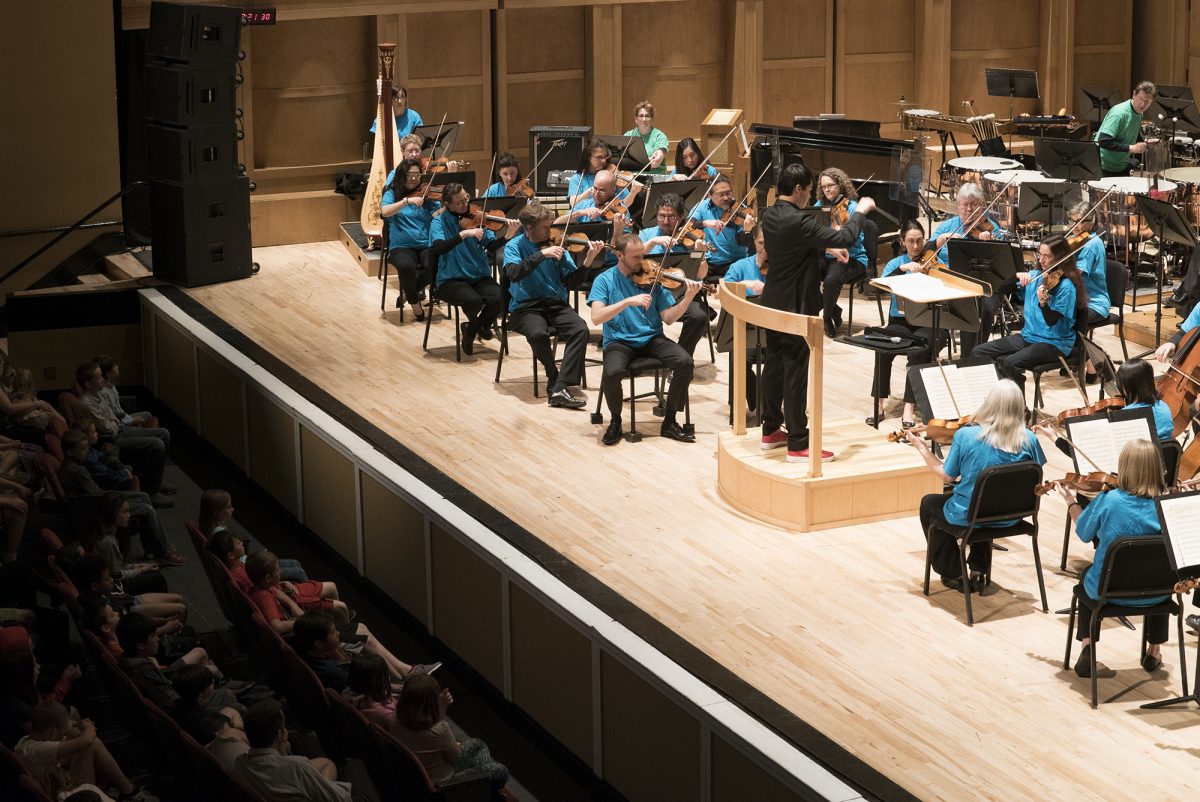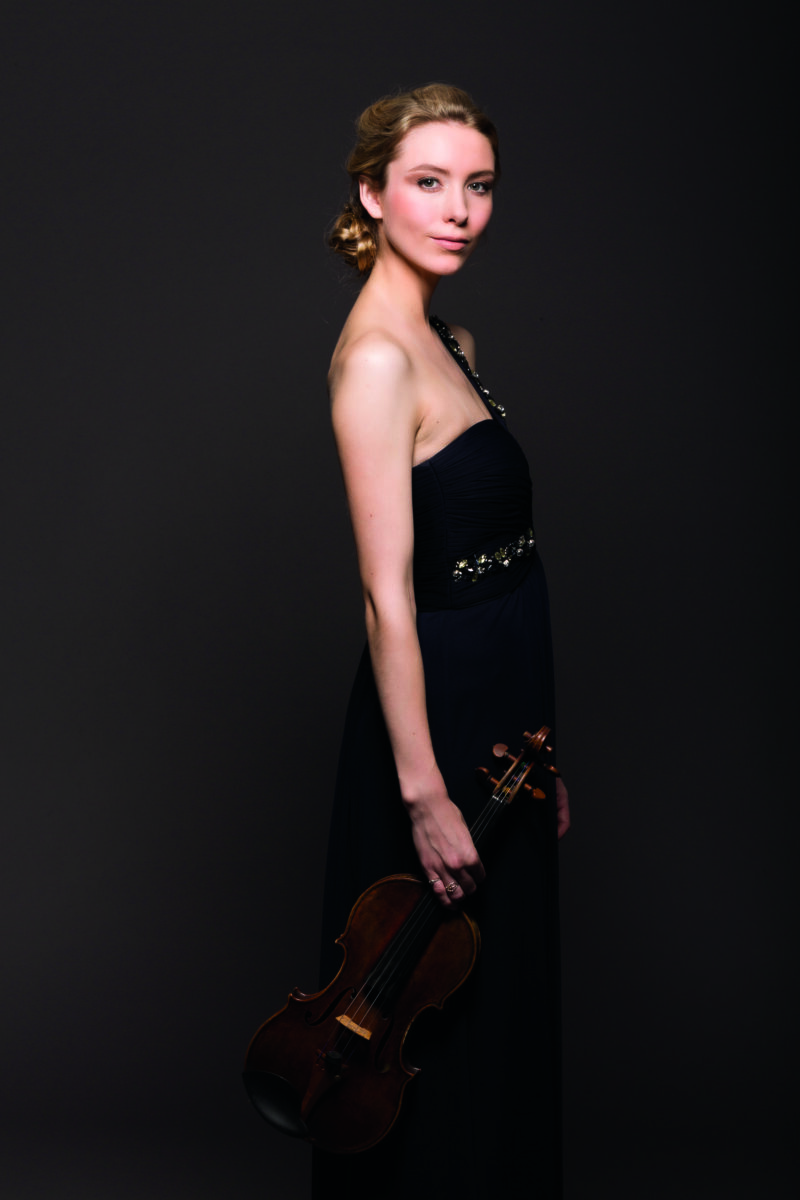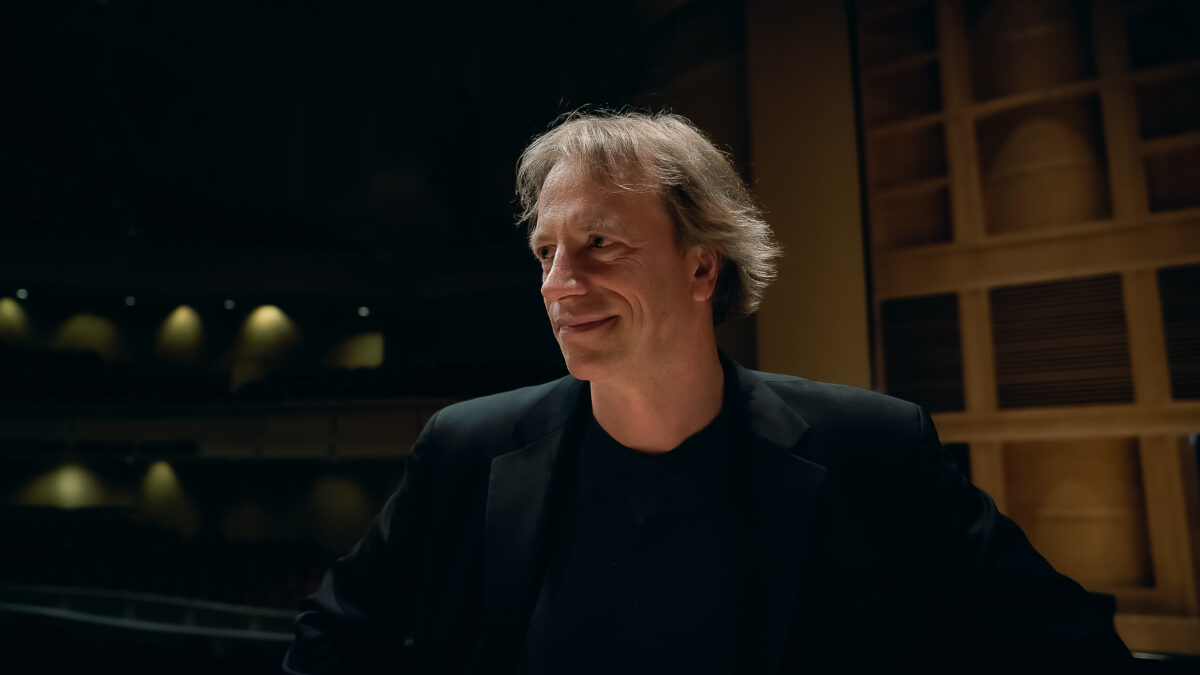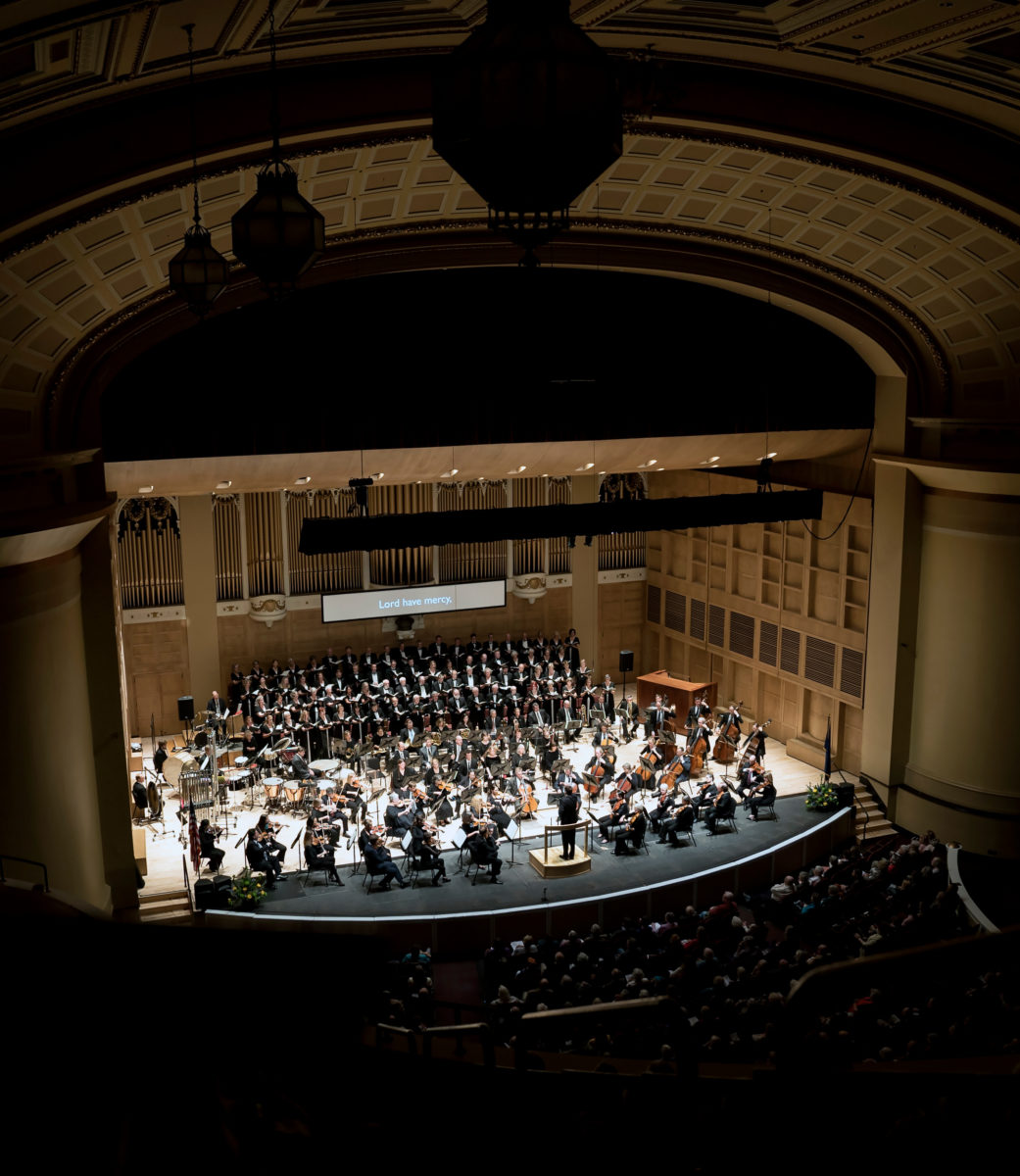Musical Landscapes Program Notes
George Enescu
Romanian Rhapsody No. 1 in A major, Op. 11
George Enescu (known also as Georges Enesco) was born in 1881 in Liveni, Romania, and died in Paris in 1955. He composed this work in 1901, and led the first performance in Bucharest in 1903. The score calls for 3 flutes, piccolo, 3 oboes, English horn, 2 clarinets, 2 bassoons, 4 horns, 2 trumpets, 2 cornets, 3 trombones, tuba, timpani, percussion, 2 harps, and strings.
George Enescu was a child prodigy in the Mozartean class: he played the violin at age four and began composing at five, He was admitted—by special dispensation—to the Vienna Conservatory at age seven and later studied at the Paris Conservatoire. Enescu became a violinist, pianist, composer, conductor, musicologist, and teacher. He was world-renowned as a violinist, and a violin teacher to some of the most famous violinists of the twentieth century, including Yehudi Menuhin and Ivry Gitlis. He appeared as a soloist and conductor all over the world.
Although he composed steadily throughout his career, Enescu’s output was relatively small, for he was a very busy man. He composed symphonies, concertos, songs, chamber music, music for piano, works for violin, an opera, and various works for orchestra. His Romanian Rhapsody No. 1 is the best known of all of these, and the only one still played with any frequency.
He composed the work at the age of nineteen, using authentic Romanian folk tunes in the Gypsy style. After the work opens with an inspired call-and-response between the clarinet and oboe, these are cannily arrayed in a sequence of ever-accelerating tempi—the serene calmness of the opening is transformed, by the end, into a frenzy of enormous energy and excitement. All along the way we hear the assurance of a master craftsman and a brilliant orchestrator, and a piece that leaves us wishing for more.
-Mark Rohr
********
Antonín Dvořák
Piano Concerto, op. 33, B. 63
AntonÍn Dvořák was born in Nelahozeves, then in the Austrian Empire, in 1841 and died in Prague in 1901. He completed this, his only piano concerto, in 1876. It was first heard in Prague in 1878. It calls for an orchestra of 2 flutes, 2 oboes, 2 clarinets, 2 bassoons, 2 horns, 2 trumpets, timpani and strings.
Antonín Dvořák wrote three concertos, one each for cello, violin and piano. The cello concerto is familiar to nearly all lovers of classical music, the violin concerto to many, and the piano concerto to almost no one. Dvořák’s piano concerto is his first effort in this extremely challenging area of composition. If he himself was not entirely satisfied with it, he nonetheless found unique and captivating solutions to the difficulties of balancing the piano with a full 19th-Century orchestra and of sharing thematic material between these forces. Supremely gifted, and confident of his ability, he wrote a first concerto that is full of the soul of the Czech people and countryside. Its memorable melodies sound equally good played by the piano or the orchestra, clothed in the harmonies and instrumental colors that warmed all his music.
There are some obvious reasons for this concerto’s obscurity. It’s a relatively early work, written before Dvořák was well known outside his home country and before he had a regular publisher. Dvořák himself was not a pianist; the piano part has long been thought unidiomatic and awkward. Pianists who have tackled the piece have felt free to rewrite the solo part, “correcting” other aspects of the piece along the way and clouding the composer’s intentions . Those intentions may have been unclear even to Dvořák: his manuscript score shows an unusual number of crossed out passages. Tonight’s soloist, Andrea Boyde plays Dvořák’s original piano part. He writes, “The challenges for the pianist are significant, as Dvořák implemented his musical ideas without compromise. One revision of the piano part in the early 20th Century was quite trivial and lost Dvořák’s unmistakable and individual characteristics. Only with the return to the original text did the work gain a new audience.”
Dvořák wrote, “I see I am unable to write a concerto for a virtuoso; I must think of other things.” Instead of a big splashy concerto dominated by a massive piano part, he had written a substantial piece for orchestra with an important part for piano. It has the intimacy of chamber music, with the piano often partnering solo wind instruments or lending richness to string textures, rather than competing heroically with the full orchestra. Perhaps Dvořák’s disappointment sprang from his desire to catch the attention of the larger (German) musical establishment with this concerto, which he knew could never serve that purpose, despite its many delights. In fact, it has never quite entered the piano concerto hit parade despite having many champions over the years, Sviatoslav Richter, Andras Schiff and especially Rudolf Firkušný among them.
From the first notes, the sound world is pure Dvořák. Violas and cellos, each section divided in two, introduce the main theme, accompanied by the darker, more woodsy sounding winds: clarinets, bassoons, and horns. These colors and instruments are prominent throughout the work. Most notable is the second movement, in which Dvořák may have been experimenting with the idea of dumka. In his later works, dumka came to mean a movement containing wide, unexpected contrasts of mood. Here, the mood swings are moderate, but they pull us quickly in and out of the essentially intimate mood. The final movement is a rondo, in which the theme introduced by the piano alternates with several others. The feel of Czech folk music is never far from the surface. It animates the harmonies and rhythms of this movement, bringing the concerto to a lively and colorful conclusion.
– Martin Webster
********
Jean Sibelius
Symphony No. 2 in D minor, Op. 43
Jean Sibelius was born in Tavestehus, Finland in 1865 and died in Järvenpää in 1957. He completed his Second Symphony in 1902, and led the Helsinki Philharmonic in the first performance the same year. The Symphony is scored for 2 flutes, 2 oboes, 2 clarinets, 2 bassoons, 4 horns, 3 trumpets, 3 trombones, tuba, timpani, and strings.
Sibelius once described his method of composition in this way: “It is as if the Almighty had thrown the pieces of a mosaic down from the floor of heaven and told me to put them together.” When we hear the first pages of his Second Symphony the metaphor becomes clear. The strings begin with velvety chords, an accompaniment in search of a melody; the woodwinds supply a jaunty tune, but each time they begin they are interrupted by the horns’ more reflective music. The flutes’ new idea is swept aside by an impassioned tune in the strings; the woodwinds join, but are replaced with a pizzicato string figure.
The jumbled musical fragments, like scattered tiles on the floor, have yet to be assembled.
A traditional sonata form usually presents two contrasting melodies, develops them by breaking them down into smaller bits, then brings them back in their original form. But Sibelius’ sonata is utterly different. He first shows us only fragments, the individual tiles of the mosaic, one at a time. As the movement develops he combines them, fitting the tiles together in different ways. Some tiles grow in importance while others don’t seem to fit the picture and fall away. The fragments collide and evolve into bigger pieces until, at last, the picture becomes clear. Sibelius achieves the same sense of unity and order given by a traditional sonata, but by means both unique and fascinating.
Sibelius is known for his vivid tone-poems, and his second movement might stand with the best of them. As the soft, pizzicato doublebasses open up a darkly magical world, the music appears to be more linear than the first movement’s. But new fragments intercede, full of violent outbursts and dramatic pauses. These flare up and die away, their energy spent, and the music recedes into the mists that opened the movement.
The Scherzo is based on an ominous swirling figure that yields to a plaintive, almost static oboe melody in the trios. At the end, where one expects the final iteration of the Scherzo’s material, Sibelius interjects the first three notes of the Finale’s big tune and leads right into the next movement without pause. As the work unfolds this big tune is jostled by new fragments (or variants of old ones), but its primacy is never challenged. The closing pages make it triumphant. In the end the mosaic Sibelius has constructed from his scattered tiles is vivid, fresh, and powerful.
– Mark Rohr







